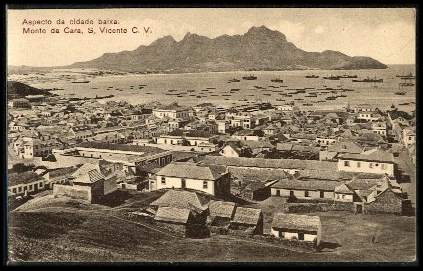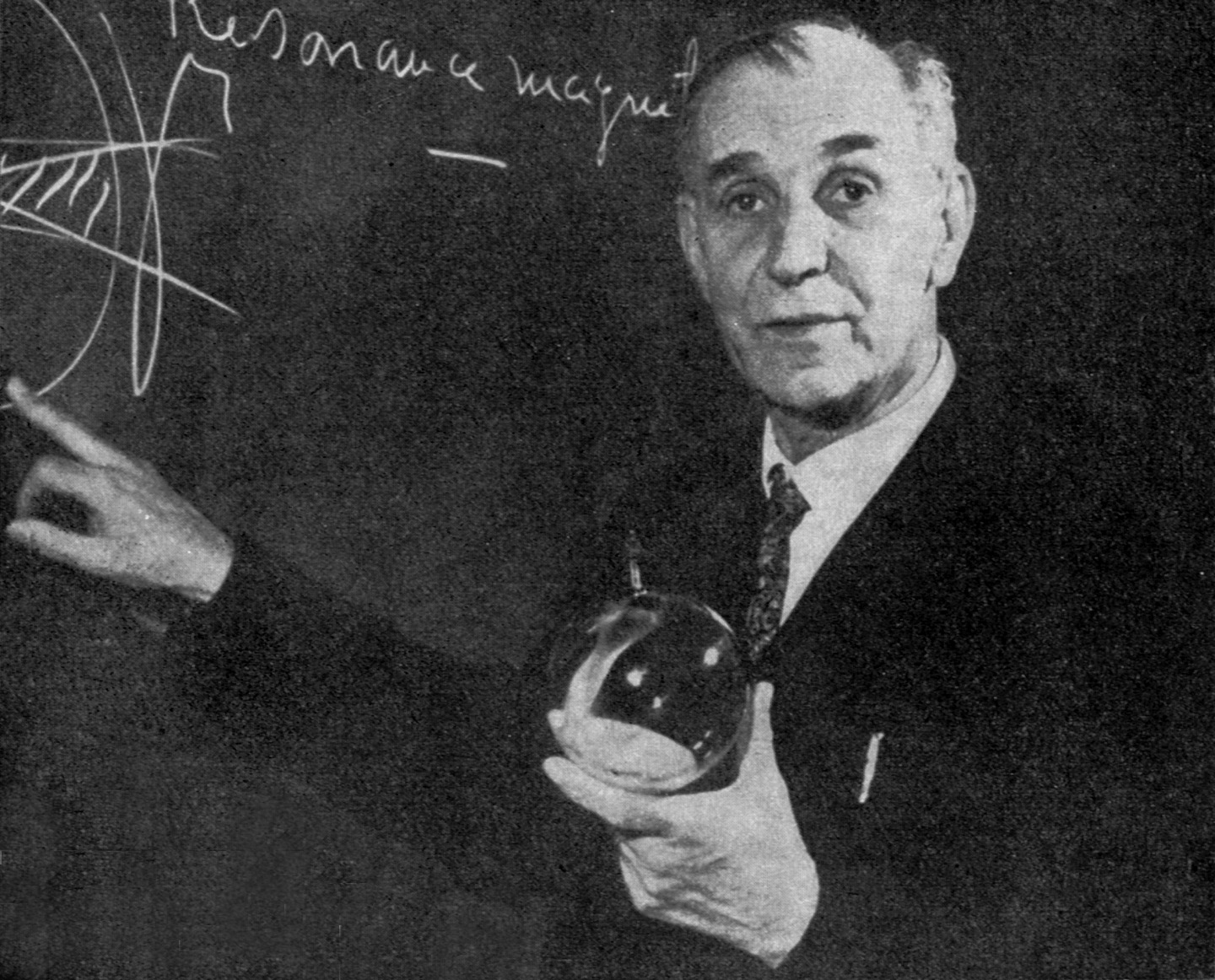|
António Aurélio Gonçalves
António Aurélio Gonçalves, better known as Nhô Roque (25 September 1901 – 30 September 1984), was a Cape Verdean writer, critic, historian and professor. Life Gonçalves was born in the city of Mindelo, the capital of the island of São Vicente. He was the son of Roque da Silva Gonçalves. He was absent from the island for 22 years after heading to the imperial capital of Lisbon in 1917 after his high-school studies at the seminary on the island of São Nicolau. He attended the University of Lisbon where he studied medicine for two years. Later, he studied Fine Arts, history, and philosophy. In 1938, he published a dissertation on irony in the work of Eça de Queiroz. He returned to his native island in early 1939. He was a critic in many different areas, book prefaces, literary seminaries of the Professor's Course Formation of the Secondary School, articles and reviews with ''Ponto & Vírgula'', a Portuguese word for "semicolon". He was professor of history and phi ... [...More Info...] [...Related Items...] OR: [Wikipedia] [Google] [Baidu] |
Mindelo
Mindelo is a port cityCabo Verde, Statistical Yearbook 2015 Instituto Nacional de Estatística (Cape Verde), Instituto Nacional de Estatística, p. 32-33 in the northern part of the island of São Vicente, Cape Verde, São Vicente in Cape Verde. Mindelo is also the seat of the parish of Nossa Senhora da Luz, and the municipality of São Vicente, Cape Verde, São Vicente. The city is home to 93% of the entire island's population and is Cape Verde's second most populous city and largest city in Barlavento Islands. Mindelo is also considered the cultural capital of Cape Verde, known for its colourful and animated carnival celebrations, with roots in Culture of Portugal, Portuguese traditions later influenced by the Brazilian culture. History [...More Info...] [...Related Items...] OR: [Wikipedia] [Google] [Baidu] |
Eugénio Tavares
Eugénio de Paula Tavares (born 18 October 1867 in the island of Brava; died 1 June 1930 in Vila Nova Sintra) was a Cape Verdean poet. He is known through his famous poems ('' mornas''), mostly written in the Creole of Brava. Biography Eugénio de Paula Tavares was born on the island of Brava in October 1867 to Francisco de Paula Tavares and Eugénia Roiz Nozzolini Tavares. His family is mainly descended from Santarém, Portugal. He was baptized at the Saint John the Baptist (São João Baptista) church in Brava. A few years later, his father starved to death and he was adopted by José anEugénia Martins de Vera Cruz. José Martins de Vera Cruz, a physician and surgeon who was also mayor of Boa Vista and Sal (Sal was not its own municipality until the 1930s) and later of Brava after he moved. One of his distant relatives João José de Sena was mayor of the island. In 1876, he attended Nova Sintra's primary school (''Escola Primária''). Most of his times, he never atten ... [...More Info...] [...Related Items...] OR: [Wikipedia] [Google] [Baidu] |
People From Mindelo
The term "the people" refers to the public or common mass of people of a polity. As such it is a concept of human rights law, international law as well as constitutional law, particularly used for claims of popular sovereignty. In contrast, a people is any plurality of persons considered as a whole. Used in politics and law, the term "a people" refers to the collective or community of an ethnic group or nation. Concepts Legal Chapter One, Article One of the Charter of the United Nations states that "peoples" have the right to self-determination. Though the mere status as peoples and the right to self-determination, as for example in the case of Indigenous peoples (''peoples'', as in all groups of indigenous people, not merely all indigenous persons as in ''indigenous people''), does not automatically provide for independent sovereignty and therefore secession. Indeed, judge Ivor Jennings identified the inherent problems in the right of "peoples" to self-determination, as i ... [...More Info...] [...Related Items...] OR: [Wikipedia] [Google] [Baidu] |
Cape Verdean Expatriates In Portugal
A cape is a clothing accessory or a sleeveless outer garment of any length that hangs loosely and connects either at the neck or shoulders. They usually cover the back, shoulders, and arms. They come in a variety of styles and have been used throughout history for many different reasons. Semantic distinction In fashion, the word "cape" usually refers to a shorter garment and "cloak" to a full-length version of the different types of garment, though the two terms are sometimes used synonymously for full-length coverings. A shoulder cape is thus sometimes called a "capelet". The fashion cape does not cover the front to any appreciable degree. In raingear, a cape is usually a long and roomy protective garment worn to keep one dry in the rain. History The first known usage of capes is unknown, but some early references we know of are from Ancient Roman military uniforms. Later on, capes were common in medieval Europe, especially when combined with a hood in the chaperon. They h ... [...More Info...] [...Related Items...] OR: [Wikipedia] [Google] [Baidu] |
1984 Deaths
__NOTOC__ The following is a list of notable deaths in 1984. Entries for each day are listed alphabetically by surname. A typical entry lists information in the following sequence: * Name, age, country of citizenship at birth, subsequent country of citizenship (if applicable), reason for notability, cause of death (if known), and reference. Deaths in 1984 January * January 1 ** Alexis Korner, British blues musician and broadcaster (b. 1928) ** Joaquín Rodríguez Ortega, Spanish bullfighter (b. 1903) * January 5 – Giuseppe Fava, Italian writer (b. 1925) * January 6 – Ernest Laszlo, Hungarian-American cinematographer (b. 1898) * January 7 – Alfred Kastler, French physicist, Nobel Prize laureate (b. 1902) * January 9 – Sir Deighton Lisle Ward, 4th Governor-General of Barbados (b. 1909) * January 11 – Jack La Rue, American actor (b. 1902) * January 14 ** Saad Haddad, Lebanese military officer and militia leader (b. 1936) ** Ray Kroc, American entrepreneur (b. 1902) * J ... [...More Info...] [...Related Items...] OR: [Wikipedia] [Google] [Baidu] |
1901 Births
December 13 of this year is the beginning of signed 32-bit computing, 32-bit Unix time, and is scheduled to end in Year 2038 problem, January 19, 2038. Summary Political and military 1901 started with the Federation of Australia, unification of multiple Crown colony, British colonies in Australia on January 1 to form the Australia, Commonwealth of Australia after a 1898–1900 Australian constitutional referendums, referendum in 1900, Subsequently, the 1901 Australian federal election, 1901 Australian election would see the first Prime Minister of Australia, Australian prime minister, Edmund Barton. On the same day, Nigeria became a Colonial Nigeria, British protectorate. Following this, the Victorian era, Victorian Era would come to a end after Queen Victoria died on January 22 after a reign of 63 years and 216 days, which was List of monarchs in Britain by length of reign, longer than those of any of her predecessors, Her son, Edward VII, succeeded her to the throne. ... [...More Info...] [...Related Items...] OR: [Wikipedia] [Google] [Baidu] |
Praia
Praia (, Portuguese for "beach") is the capital and largest city of Cape Verde.Cape Verde, Statistical Yearbook 2015 Instituto Nacional de Estatística Located on the southern coast of Santiago island within the group, the city is the seat of the ... [...More Info...] [...Related Items...] OR: [Wikipedia] [Google] [Baidu] |
Cape Verdean Escudo
The escudo (sign: ; ISO 4217: CVE) is the currency of the Republic of Cape Verde. One escudo is subdivided into one hundred ''centavos''. Amounts are generally written by using the () as the decimal separator, such as for 20 escudos, or for 1000. History The escudo became the currency of Cape Verde in 1914. It replaced the Cape Verdean real at a rate of 1000 = 1 escudo. Until 1930, Cape Verde used Portuguese coins, although banknotes were issued by the Banco Nacional Ultramarino specifically for Cape Verde beginning in 1865. Until independence in 1975, the Cape Verde escudo was equal to the Portuguese escudo. Subsequently, it depreciated, declining by about 30 per cent in 1977–78 and by a further 40 per cent in 1982–84. Thereafter, it remained fairly stable against the Portuguese escudo. In mid-1998 an agreement with Portugal established a pegged rate of 1 Portuguese escudo = 0.55 Cape Verdean escudos. Since the replacement of the Portuguese escudo with the euro, ... [...More Info...] [...Related Items...] OR: [Wikipedia] [Google] [Baidu] |
Avenida Marginal (São Vicente Island)
Avenida Marginal is an important street in Mindelo, São Vicente island, Cape Verde. It runs along the coast of the Porto Grande Bay, connecting the city centre with the northwestern outskirts (Matiota). Its southern end is the intersection with Rua Libertadores de África (the former ''Rua Lisboa'') and Rua da Praia, that continues south along the coast. Avenida Marginal runs along the port of Mindelo, below Fortim d'El-Rei and along ''Praia da Laginha'' in Matiota. Notable structures along the avenue:Inventário dos recursos turísticos do município de S. Vicente Direcção Geral do Turismo, p. 68-72 [...More Info...] [...Related Items...] OR: [Wikipedia] [Google] [Baidu] |
São Vicente, Cape Verde
São Vicente (Portuguese language, Portuguese for "Vincent of Saragossa, Saint Vincent") is one of the Barlavento Islands, the northern group within the Cape Verde archipelago in the Atlantic Ocean, off the West Africa, West African coast. It is located between the islands of Santo Antão, Cape Verde, Santo Antão and Santa Luzia, Cape Verde, Santa Luzia, with the Canal de São Vicente separating it from Santo Antão. Geography The island is roughly rectangle, rectangular in shape with an area of . From east to west it measures and from north to south .Cabo Verde, Statistical Yearbook 2015 Instituto Nacional de Estatística (Cape Verde), Instituto Nacional de Estatística The island, of volcano, volcanic origin, is fairly flat. The last volcanic activity is considered to have t ... [...More Info...] [...Related Items...] OR: [Wikipedia] [Google] [Baidu] |





